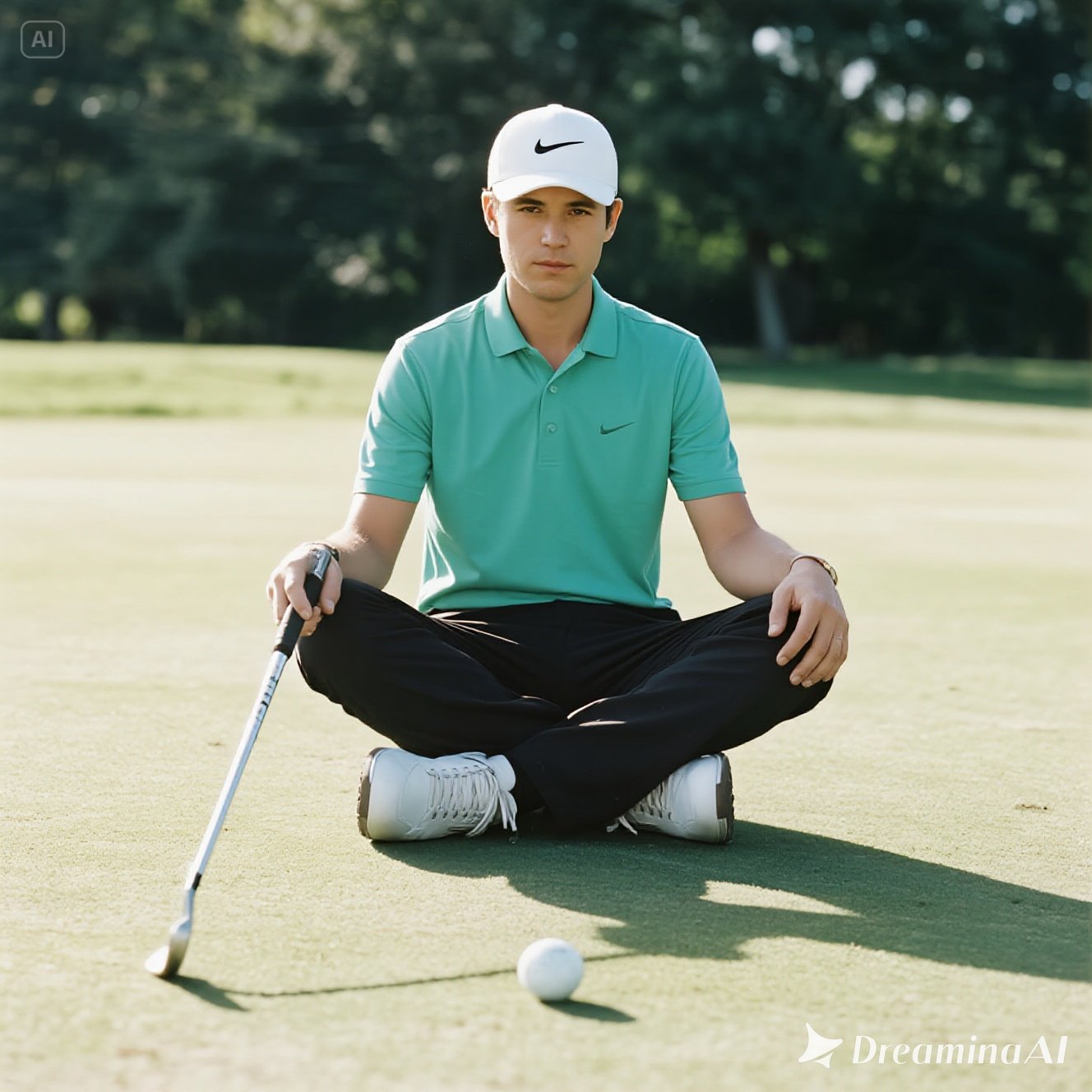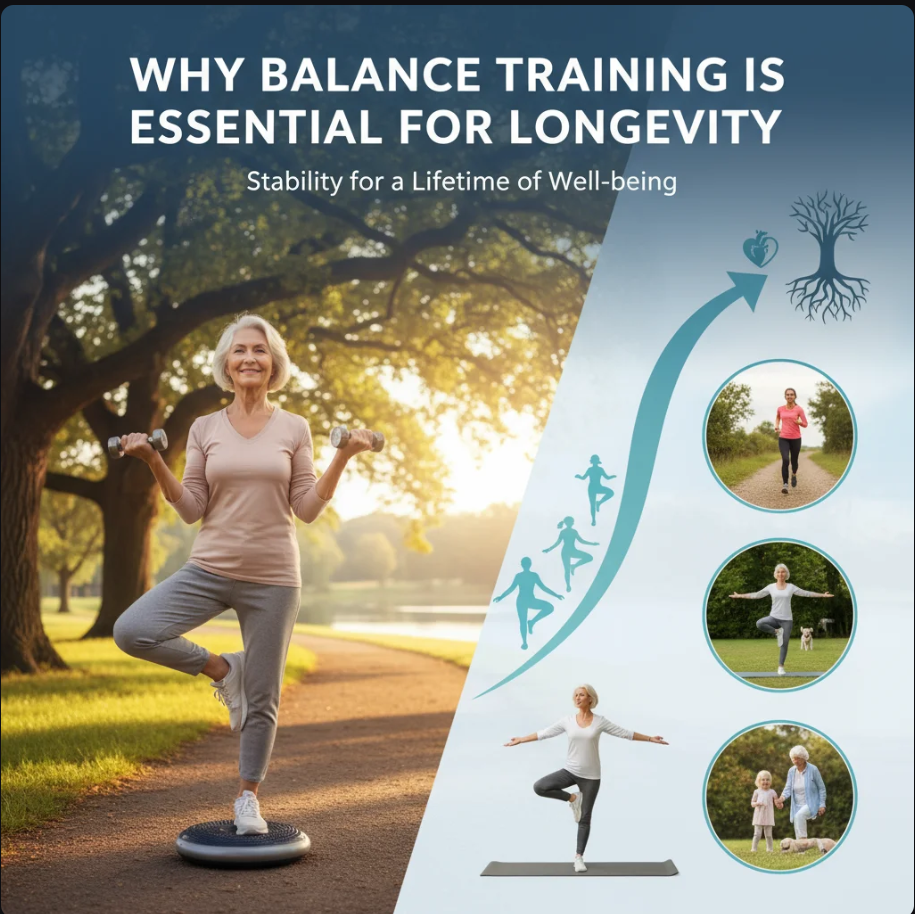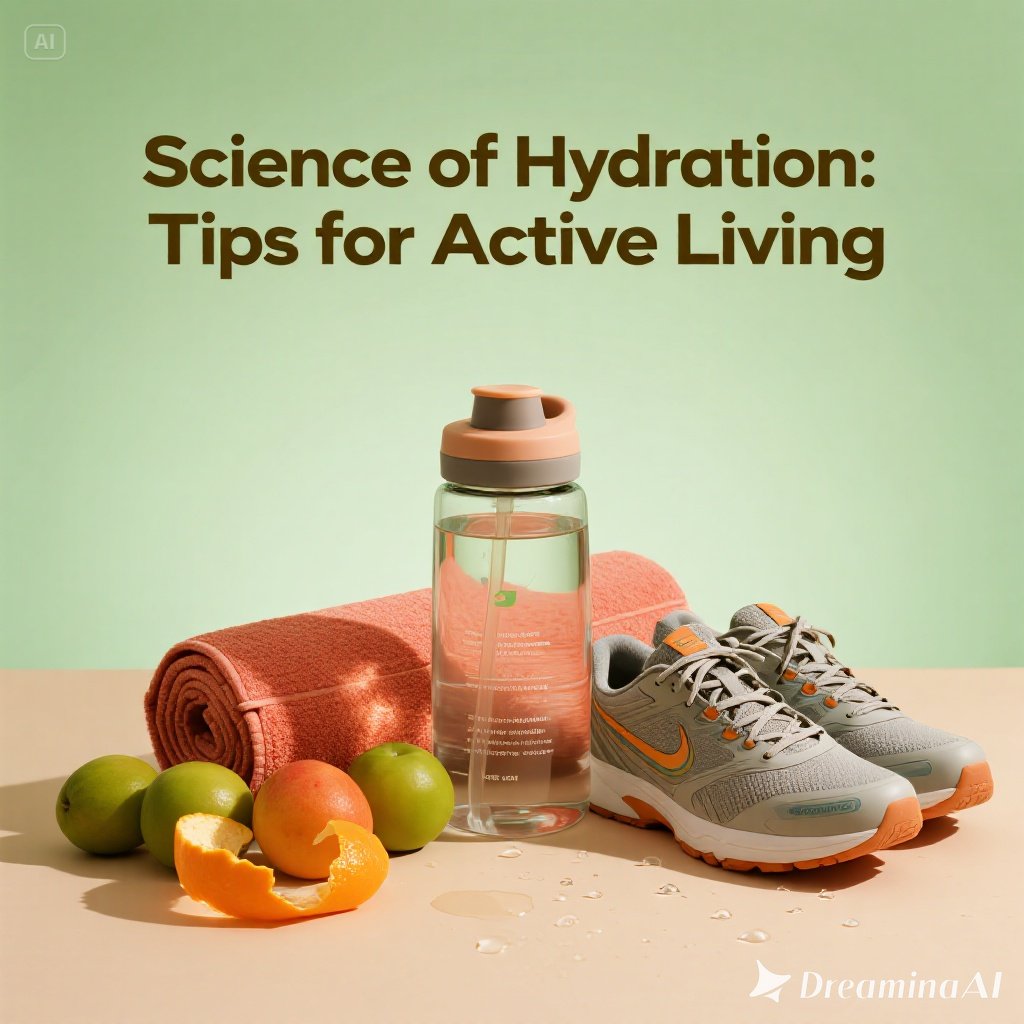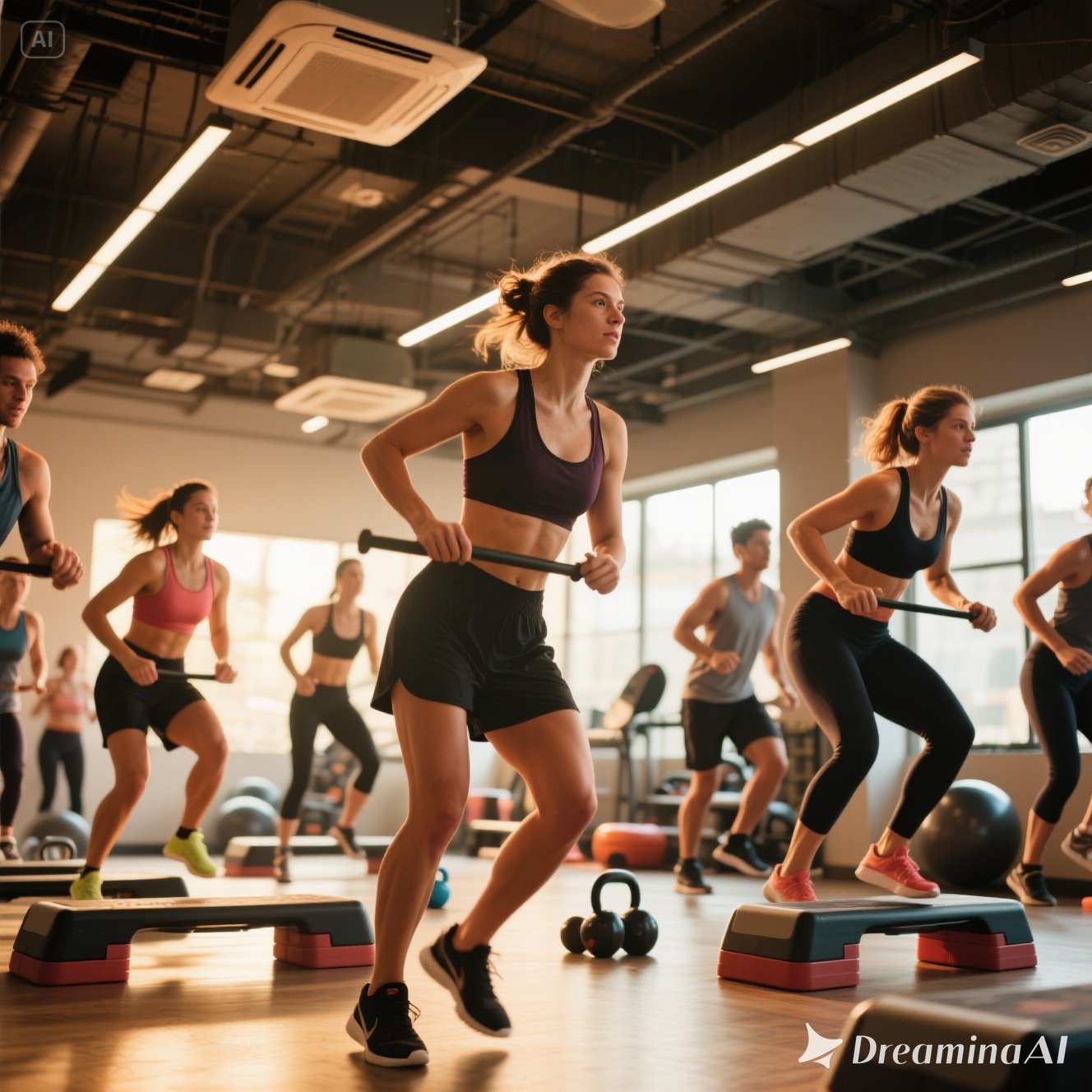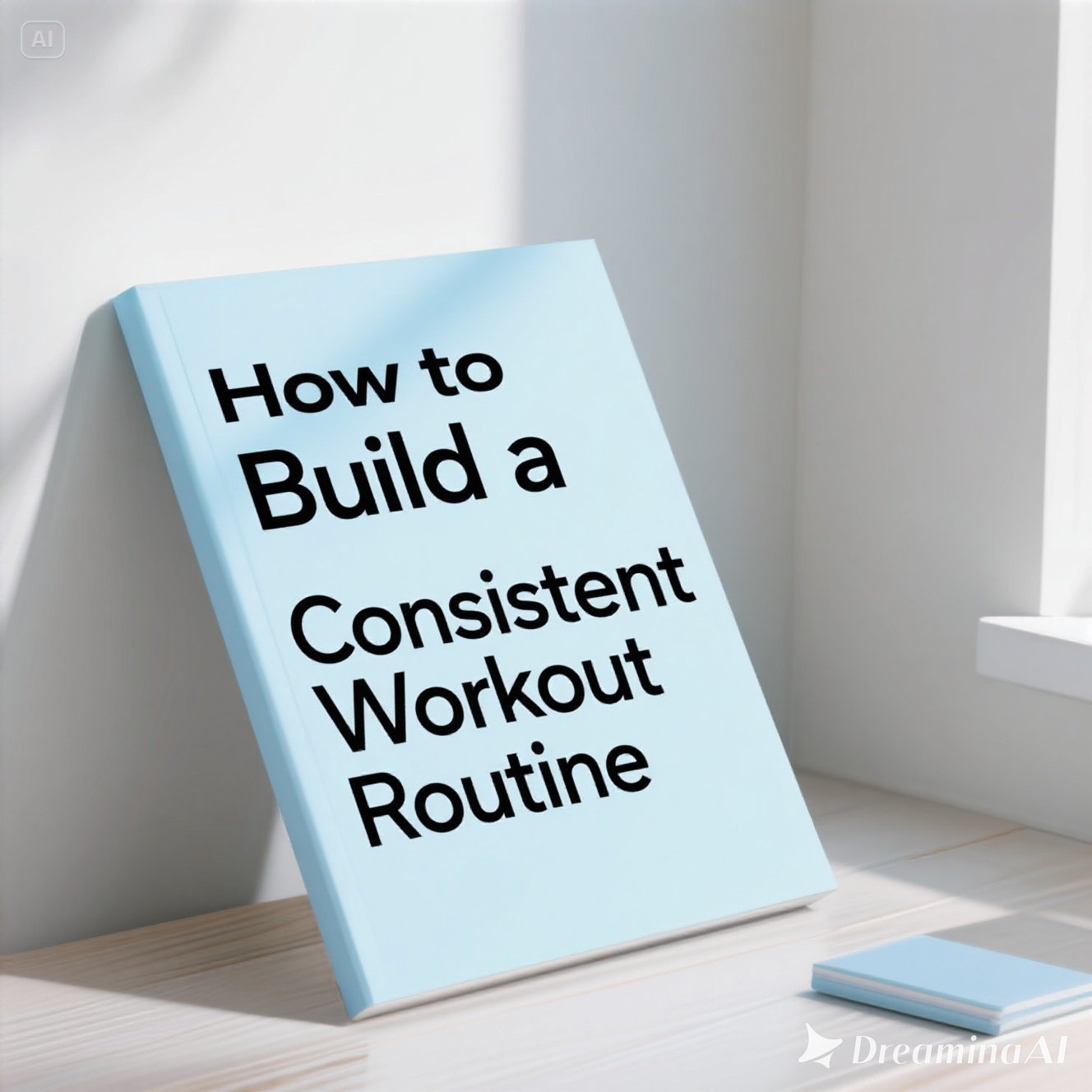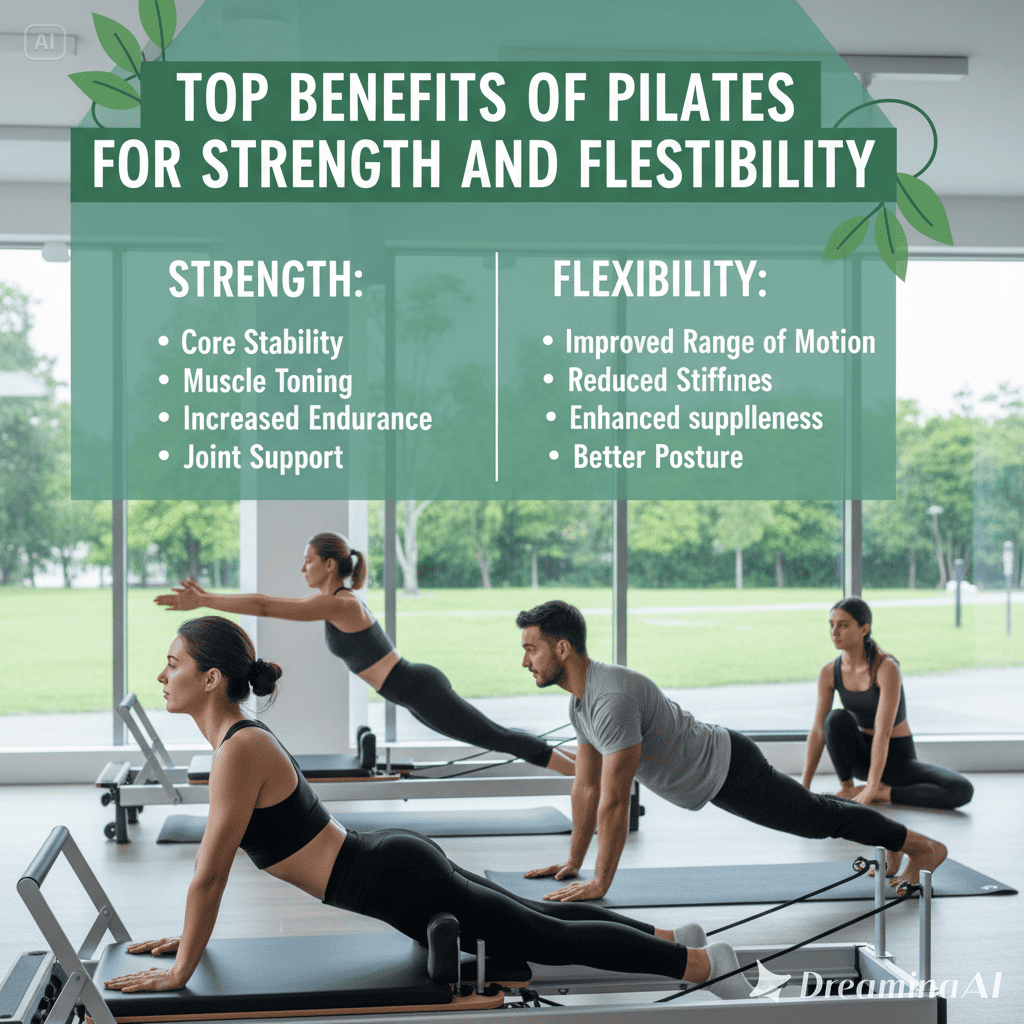Discover the science of hydration and learn practical tips for staying hydrated to support active living, performance, and recovery.
Hydration is more than just drinking water when you feel thirsty. For those leading an active lifestyle—whether through sports, fitness, or simply maintaining daily energy—understanding the science of hydration is essential. Water plays a critical role in regulating body temperature, transporting nutrients, lubricating joints, and maintaining focus.
This article explores the science behind hydration and offers practical tips to stay optimally hydrated for active living.
1. Why Hydration Matters
- Body composition: Around 60% of the human body is made up of water.
- Performance impact: Even a 2% drop in hydration can significantly affect endurance, strength, and mental focus.
- Health benefits: Proper hydration supports digestion, circulation, and recovery after exercise.
2. How the Body Loses Water
- Sweat: The primary way we lose fluids during physical activity.
- Breathing: Water vapor is lost when we exhale, especially during cardio workouts.
- Urination: Helps remove waste but also decreases fluid levels.
- Other factors: Hot climates, high altitude, or illness can accelerate dehydration.
3. Signs of Dehydration
- Mild symptoms: Thirst, dry mouth, fatigue, dizziness.
- Severe symptoms: Muscle cramps, rapid heartbeat, confusion, or heat exhaustion.
- Hidden sign: Dark-colored urine often indicates inadequate hydration.
4. How Much Water Do You Need?
Hydration needs vary by person, but general guidelines include:
- Average adults: 2–3 liters of water per day.
- Athletes: May require 500–700 ml of water per hour of exercise.
- Rule of thumb: Drink enough to keep urine pale yellow.
Tip: Don’t just rely on thirst—by the time you feel thirsty, you may already be slightly dehydrated.
5. Hydration and Electrolytes
- Electrolytes (sodium, potassium, magnesium): Essential for fluid balance and muscle function.
- When to replenish: After intense exercise lasting more than 60 minutes or in hot climates.
- Sources: Sports drinks, coconut water, or electrolyte tablets.
6. Smart Hydration Strategies for Active Living
a. Pre-Hydration
- Drink 400–600 ml of water 1–2 hours before exercise.
b. Hydration During Activity
- Sip small amounts every 15–20 minutes, especially during endurance workouts.
c. Post-Workout Recovery
- Replace lost fluids with water and electrolytes.
- Rule: For every kilogram of body weight lost during exercise, drink about 1.5 liters of fluid.
d. Daily Habits
- Carry a reusable water bottle.
- Set reminders to drink regularly.
- Include hydrating foods like watermelon, cucumber, and oranges.
7. Common Myths About Hydration
- Myth: “The more water, the better.”
- Fact: Overhydration can lead to hyponatremia (low sodium levels). Balance is key.
- Myth: “Only water counts.”
- Fact: Tea, coffee, and even watery fruits contribute to hydration (though caffeinated drinks in moderation).
- Myth: “Sports drinks are always necessary.”
- Fact: They’re useful for long, intense workouts but unnecessary for light daily activity.
Conclusion
Hydration is the foundation of an active and healthy lifestyle. By understanding how the body uses and loses water, recognizing the signs of dehydration, and adopting smart hydration strategies, you can optimize performance, recovery, and overall well-being.
Remember, hydration is personal—listen to your body, adjust based on activity and environment, and make it a daily priority.
Baca juga :



